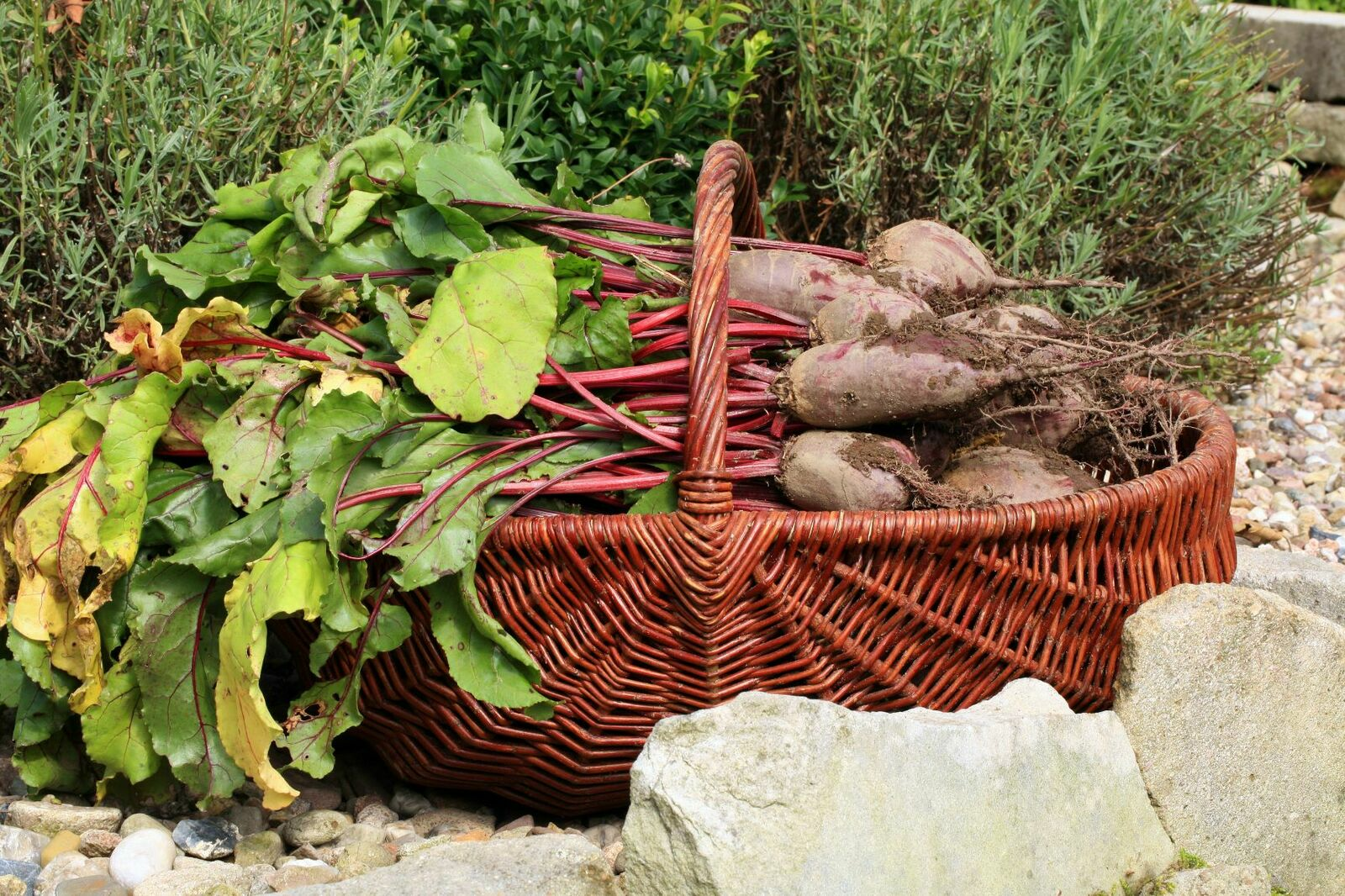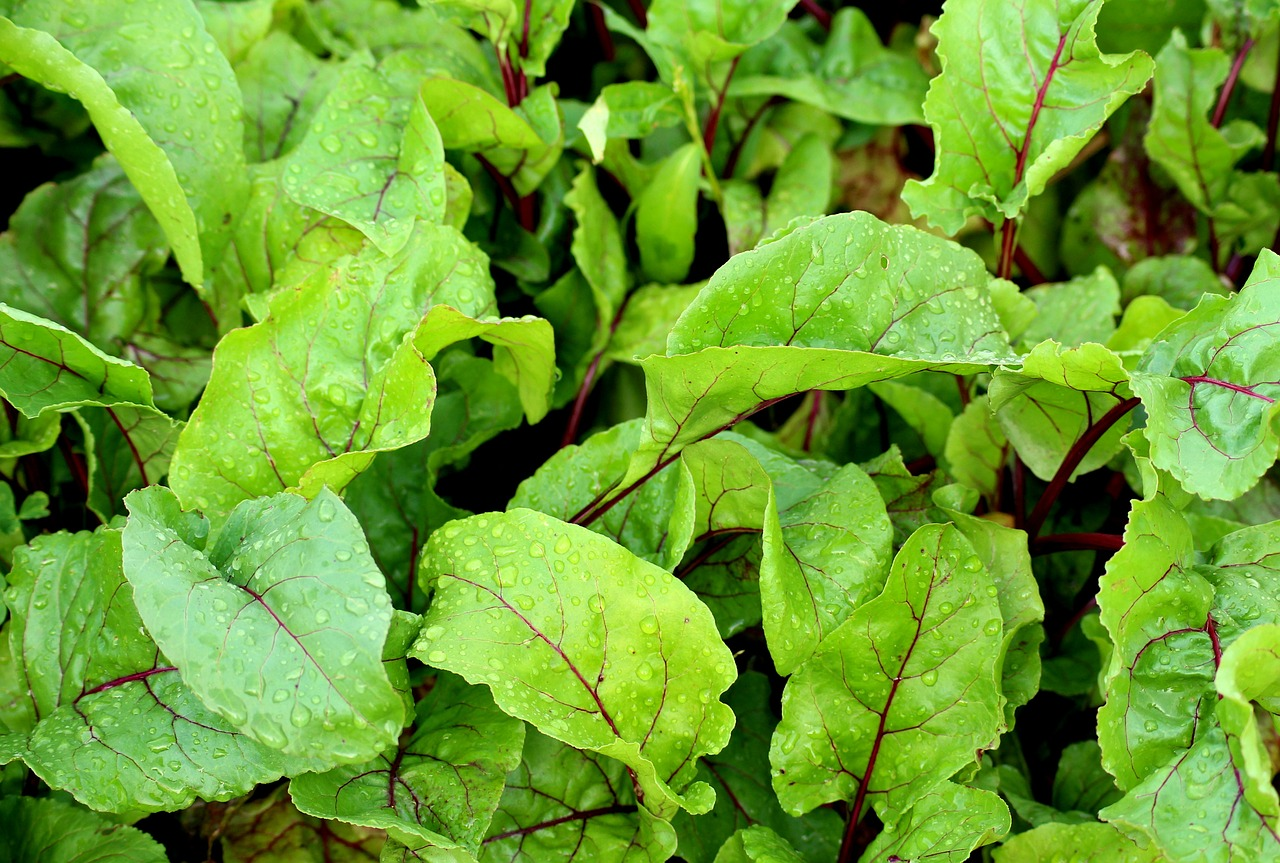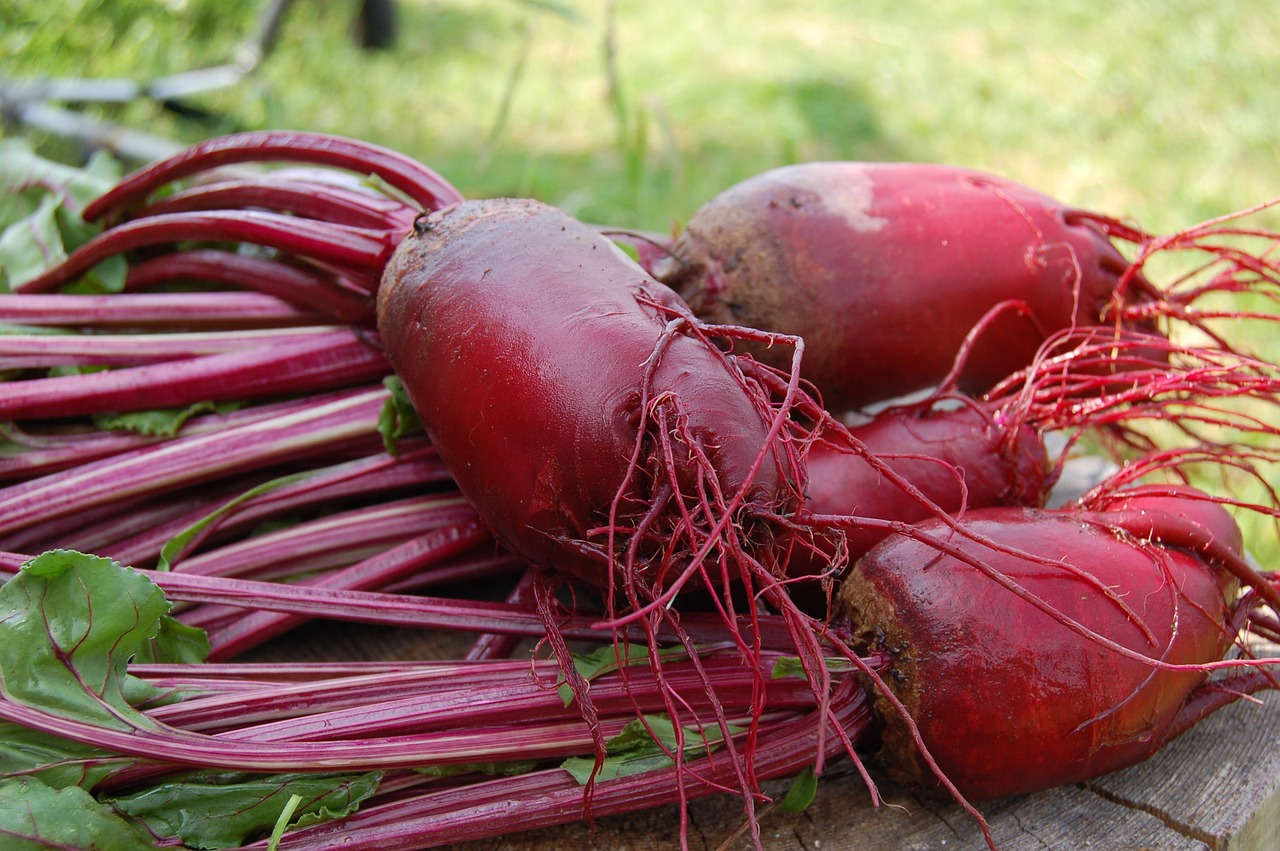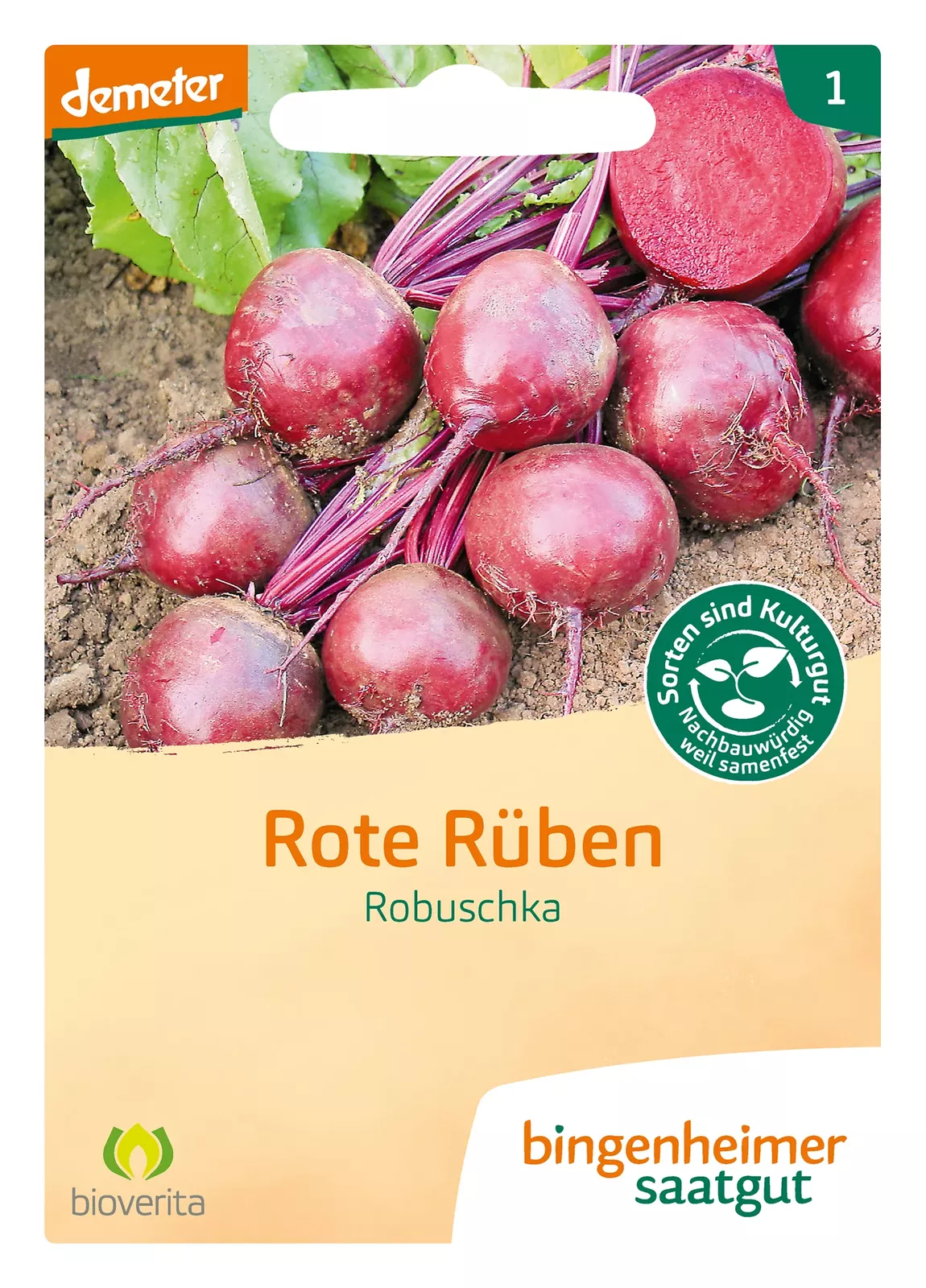Harvesting, storing & preserving beet
Harvesting beet: how to do it
Beet is ripe when the beets have reached about the size of a tennis ball and the leaves are blotchy. However, if the plants are allowed to grow longer, the beetroots can become much larger. Small turnips taste particularly fine and aromatic. To harvest, simply bundle all the leaves together and pull the beetroot out of the ground.
When to harvest beet?

Beet is harvested from July until shortly before the first frosts in October/November. The first beetroots are ready to harvest after 3-4 months, but they can also remain in the ground for longer. The harvest time depends on when the beet is sown. Early sowings from mid-April can be harvested and eaten fresh as early as July. For storage over the winter, it is best to sow beet in June and leave the plants to grow until shortly before the first frost.
Storing beet
Before storing, the leaves are removed with a twisting motion or cut off two centimeters above the beet. They are easy to remove and the heart of the beet remains undamaged. If, on the other hand, the beet is damaged, the deep red juice leaks out and it "bleeds to death". Make sure you only store undamaged beet, otherwise pathogens can penetrate the beetroot through open areas and cause it to rot. Do not wash the beetroot before storing, but only roughly remove the soil residues.
Storing & preserving beet

To store your supplies over the winter, layer the beets in wooden crates with damp sand, making sure they do not touch each other. Then place the crate in a cool, dark place with high humidity. An unheated cellar with temperatures of around 3-4 °C is ideal. Under these conditions, the beet will not dry out so easily and will keep until spring.
Preserving beet
You can preserve the compact beetroot using fermentation or other methods, for example. Beet, for example, can be preserved very well in vinegar. You can also freeze them in portions, cut into small pieces and cooked.
Are beet leaves edible?

What many people don't know: The leaves are also edible. You can cook them in a similar way to spinach or use the young leaves as a baby leaf salad. They taste mildly nutty and are nice and crunchy. If you have large quantities, you can also use them to make pesto.
Harvesting your own beet seeds: here's how
Beet cannot fertilize itself, it is mainly pollinated by the wind. When flowering at the same time, different members of the Chenopodiaceae can therefore cross-pollinate with each other. If you want to obtain seed from a particular variety, you should only allow this variety to flower. You can then either cut off the other inflorescences or prevent wind pollination by growing them under fleece. You can find instructions for obtaining seeds in the article in the magazine.


